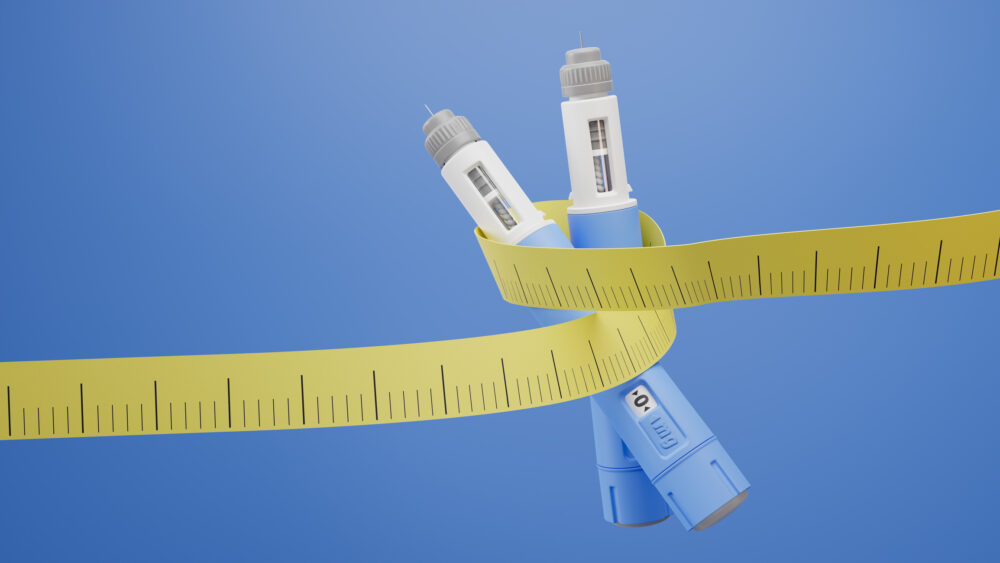Munjaro demonstrates sustainable weight loss and allows nearly 99% of patients to become diabetes-free within three years.

Eli Lilly Announces Detailed Results from the 3-Year, 176-Week Phase III SUR-MOUNT-1 Study, the Longest Study of Tirzepatide to Date. Weekly injections of tirzepatide (Munjaro and Zepbound) at combined doses of 5, 10 and 15 mg significantly reduced the risk of progression to type 2 diabetes in adults with prediabetes and obesity or overweight compared with placebo over 176 weeks. At estimated efficacy, tirzepatide demonstrated a sustained mean weight loss of 22.9% (15 mg dose) over the three-year treatment period. These findings were published in the New England Journal of Medicine (NEJM) and were recently presented at ObesityWeek 2024.
“People treated with tirzepatide lost an average of up to 23% of their body weight and maintained it for more than three years, while significantly reducing their risk of developing type 2 diabetes. In absolute terms. Almost 99% of people treated with tirzepatide were free of diabetes after 176 weeks.“Says Anya Yastreboff, director of the Yale Obesity Research Center. “These results are impressive given the degree of sustained weight loss and reduced risk of diabetes,” he confirms.
Tirzepatide is the first and only approved drug with a dual agonist of the GIP (glucose-dependent insulinotropic polypeptide) and GLP-1 receptors. (glucagon-like peptide-1). Both GIP and GLP-1 are intestinal hormones secreted in response to nutrient loading and are responsible for the incretin effect.
“In the three-year SURMOUNT-1 tirzepatide study, a mean weight loss of 22.9% was associated with a hazard ratio for progression to type 2 diabetes of 0.06. This means a risk reduction of up to 10%. This represents a 94% risk reduction and would require treating nine people to prevent one case of diabetes,” said Jeff Emmick, MD, senior vice president of product development at Lilly. “These results highlight the critical role of long-term therapy using effective treatments such as tirzepatide to achieve and maintain weight loss,” he adds.
For secondary endpoints, the study showed a treatment association with tirzepatide., with improved glycemic control, cardiometabolic risk factors (including fasting insulin, blood pressure and lipids) and health-related quality of life, which were maintained over 176 weeks. Subsequent mediational analyzes showed that approximately half of the observed effect on delaying the onset of type 2 diabetes with tirzepatide was due to drug-induced weight loss, and the remaining benefit may be due to other effects of tirzepatide.
The overall safety and tolerability profile of tirzepatide at week 193 (176 weeks followed by a 17-week treatment break) was consistent with previously published results at week 72 for SURMOUNT-1 and other clinical studies of tirzepatide conducted for weight loss and long-term maintenance treatment. . Besides COVID-19, the most commonly reported adverse events were gastrointestinal and were generally mild to moderate in severity. The most common gastrointestinal adverse events in patients taking tirzepatide were nausea, diarrhea and constipation.
